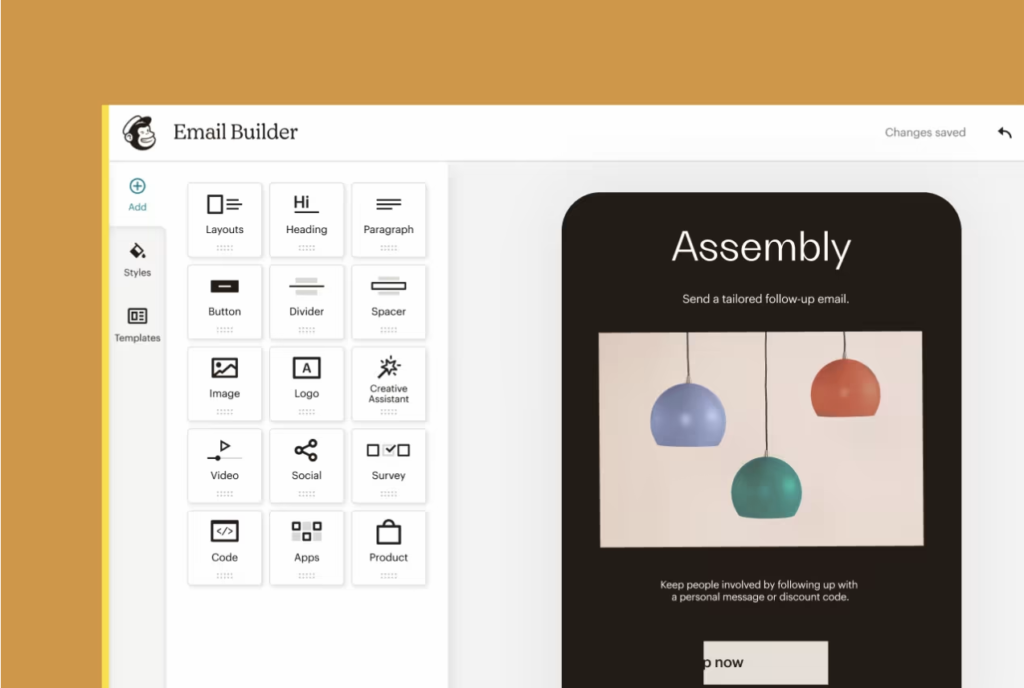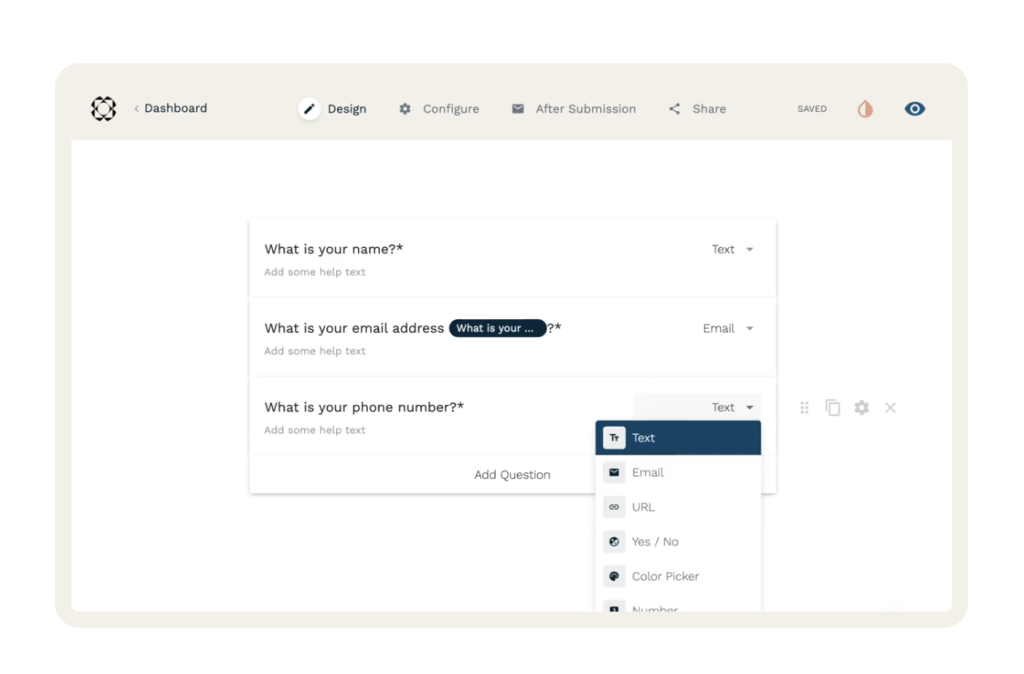Client retention is the lifeblood of any successful financial advisory practice. While acquiring new clients is important, retaining existing ones can be even more crucial. Not only does it lead to a more stable income stream, but it also enhances your practice’s reputation through positive word-of-mouth referrals. In this article, we will explore strategies and best practices for maximizing client retention in your financial advisory practice.
1. Building Strong Client Relationships
One of the cornerstones of client retention is the strength of your relationships with your clients. Building trust and rapport takes time and effort, but it’s well worth it. Here’s how to do it effectively:
Active Listening
Take the time to truly listen to your clients. Understand their financial goals, concerns, and aspirations. Show genuine interest in their financial well-being and life plans. Active listening is the first step towards building trust.
Regular Communication
Stay in touch with your clients regularly, even when there aren’t significant financial updates. Send them informative newsletters, provide market insights, and check in periodically to see how they’re doing.

Personalization
Recognize that every client is unique. Tailor your advice and services to meet each client’s specific needs and goals. Clients appreciate advisors who treat them as individuals and not as part of a one-size-fits-all approach.
2. Provide Exceptional Service
Providing exceptional service is non-negotiable if you aim to retain clients in your practice. Exceptional service not only meets but exceeds client expectations, reinforcing their trust in you. Here’s how to provide outstanding service:
Timely Responses
Respond promptly to client inquiries and requests. Quick and efficient service demonstrates your dedication to their financial success and peace of mind.
Transparency
Transparency is key. Be open and honest about your fees, investment strategies, and potential risks. Clients value advisors who are forthright about the financial advice they offer.
Proactive Advice
Anticipate your clients’ needs and provide proactive advice. Offer solutions and insights before they even have to ask, showing them that you are consistently looking out for their best interests.
3. Educate Your Clients
Financial literacy is a powerful tool for client retention. When clients understand their financial situations better, they become more engaged and confident in your abilities. Here’s how to educate your clients effectively:
Financial Workshops
Organize educational workshops or webinars on various financial topics, ranging from basic budgeting to advanced investment strategies. These events not only educate but also provide opportunities for interaction.
Regular Updates
Keep your clients informed about market trends and their potential impact on their portfolios. Educated clients are more likely to stay the course, even during market fluctuations.
Explaining Decisions
When making investment decisions, take the time to explain the rationale behind them. Clients appreciate knowing why certain choices are being made, which helps build trust and understanding.
4. Set Realistic Expectations
Set clear and realistic expectations from the beginning. This includes:
Risk Tolerance
Ensure that clients understand and are comfortable with their chosen level of risk in their investment portfolios.
Financial Goals
Collaboratively define and document their financial goals. Having a clear roadmap ensures that both you and your clients are on the same page regarding their financial journey.
Investment Performance
Explain that markets can be volatile, and not every year will result in significant gains. Managing expectations during market downturns is vital to maintaining trust.
5. Regularly Review and Adjust Financial Plans
Financial plans should not be static. Clients’ circumstances change, as do market conditions. To keep clients on track, conduct regular reviews and make necessary adjustments:
Annual Reviews
Schedule annual or semi-annual reviews of your clients’ financial plans. This provides an opportunity to assess progress, discuss any life changes, and make modifications as needed.
Life Events
Be vigilant about significant life events in your clients’ lives, such as marriage, childbirth, retirement, or inheritance. Adjust their financial plans accordingly to align with their evolving goals.
6. Implement Technology Solutions
Leverage technology to enhance the client experience and streamline communication:
Client Portals
Provide secure online portals where clients can conveniently access their financial information, track progress, and review documents at their convenience.

Automated Communication
Utilize email newsletters and automated reminders to keep clients informed and engaged without overwhelming them. Automation can help you maintain consistent communication.
Financial Planning Tools
Use financial planning software to illustrate scenarios and demonstrate the impact of different financial decisions. Visual aids can help clients better understand their financial situation.
7. Ask for Feedback
Don’t assume you know everything your clients are thinking or feeling. Actively seek feedback to understand their satisfaction levels and areas for improvement:
Surveys
Periodically send surveys to clients to gather their thoughts on your services, communication, and overall experience. Their feedback can be invaluable for making improvements. Consider using a website such as Paperform to conduct your surveys.

One-on-One Discussions
Schedule one-on-one feedback sessions to encourage open and honest communication. Use this feedback to refine your approach and enhance the client experience.
Act on Feedback
When clients provide feedback, take action to address their concerns and make improvements where necessary. Demonstrating responsiveness builds trust and shows that you value their input.
8. Show Appreciation
Finally, never underestimate the power of showing appreciation for your clients:
Thank-You Notes
Send personalized thank-you notes to clients for their trust and loyalty. Personal touches go a long way in making clients feel valued.
Client Events
Consider hosting client appreciation events or seminars as a way to express gratitude. These events provide opportunities for face-to-face interactions and relationship-building.
Special Occasions
Remember your clients’ birthdays, anniversaries, or other important milestones with a small token of appreciation. These gestures demonstrate that you value them as individuals.
The Bottom Line
Maximizing client retention in your financial advisory practice requires dedication, consistency, and a client-centric approach. By focusing on building strong relationships, providing exceptional service, educating your clients, and regularly reviewing and adjusting financial plans, you can create an environment where clients are more likely to stay loyal and refer others. Remember, client retention is not just about keeping assets; it’s about nurturing trust and long-term partnerships that benefit both you and your clients. A satisfied and loyal client base is the key to enduring success in the financial advisory profession.




